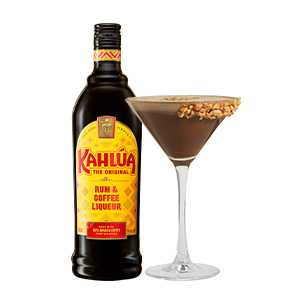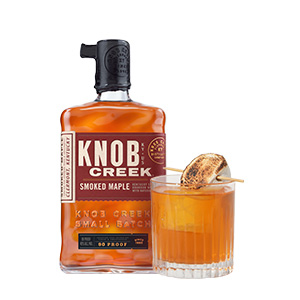Scotch, scotch, scotch. From discerning drinkers of diverse drinks, to those who’d never stray from the single malt glass, people love scotch – and so does Spec’s.
One of the most desirable aspects of scotch is its distinctive smoky flavor. This flavor may range from barely-there to where’s-the-fire? But like all great loves, scotch lovers want to know where that amazing flavor comes from. Here’s Spec’s step-by-step timeline to this alluring aspect of scotch whisky.
1. The malted barley used to make Scotch whisky is often dried over a fire containing peat, or partially decomposed vegetal matter. Peat is largely composed of sphagnum moss and other surface plants, and its composition will vary by location. Peat is hand-cut with spades and left to dry for several months.
2. Barley husks absorb more peat smoke than other parts of the grain. Peak absorption occurs between 15-30% moisture content. The resulting peat reek contributes a variety of aromas and flavors in the final spirit. These flavors are sometimes described as smoky, earthy, ashy, mossy, or medicinal.
3. The degree to which malt absorbs peat smoke is measured in parts per million (PPM) of phenols, which are the flavor compounds our senses detect as smokiness. Unpeated malt (dried with hot air only instead of with a peat fire) will still have a phenol content of 0.5-3 PPM. Further, the toasted or charred oak casks in which the whisky is matured can contribute smoky flavors, so it is possible for unpeated whiskies to have a hint of smokiness.
4. Lightly peated Scotches use barley peated to less than 5 PPM phenols (often a mix of unpeated and peated barley). Moderately peated Scotches use barley peated to 5-15 PPM phenols, while heavily peated Scotches have more than 15 PPM phenols.
5. Phenols decrease as the malt is fermented, and will be lower still in newly distilled spirit. While the interactive processes of maturation in oak can enhance smoky flavors, overall phenols decrease during aging.
The Scotch distilleries known for producing the peatiest whisky are those on south coast of Islay – Lagavulin, Laphroaig, and Ardbeg. These distilleries use malt peated to between 35-70 PPM phenols. Spec’s carries several scotches from each of these distilleries.
The smokiest Scotch, however, is a heavily peated version of Bruichladdich, which usually only uses lightly peated malt. Bruichladdich’s Octomore uses malt peated from 131-167 PPM phenols. This peaty pick can be found alongside several other smooth scotches at Spec’s.
Submitted by: Simon Taylor in Dallas, TX




